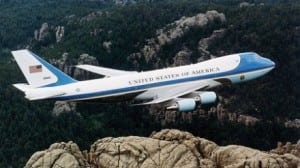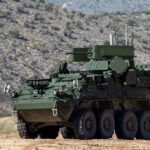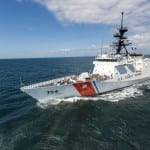
The Air Force anticipates requesting an additional $200 million through fiscal year 2020 for the new Air Force One program, formally known as the Presidential Aircraft Replacement (PAR) program.The Air Force wants $351 million in FY ’17 for PAR, down nearly 27 percent from what it expected last year, as part of a total anticipated request of nearly $2.3 billion through FY ’20. This does not include the $82 million enacted for PAR in FY ’16, according to budget documents.In…













